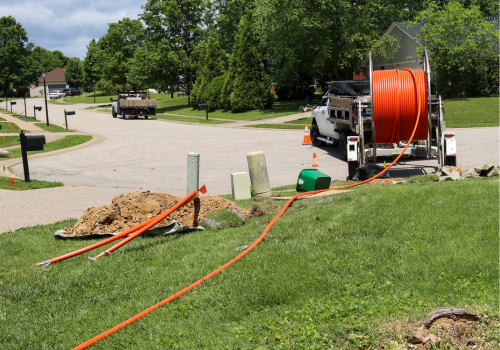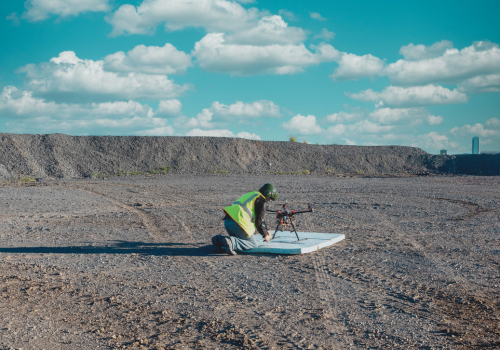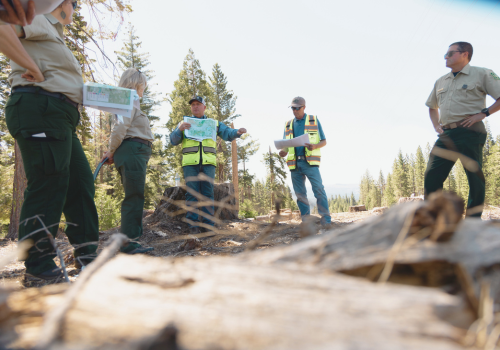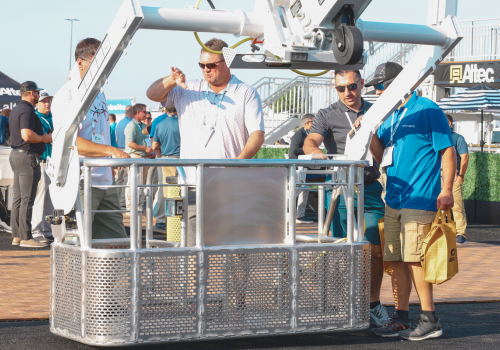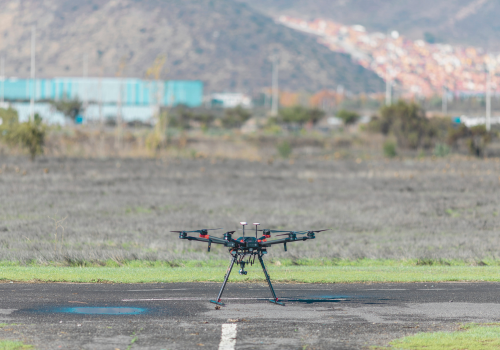Are you overlooking the biggest safety risks on your jobsite? You’ve got the PPE. You’ve posted the signs. But what if the biggest safety threat on your jobsite isn’t what you can see — it’s what you’re missing?
Most utility pros can rattle off the basics: hard hats, traffic control, rearview cameras. But jobsite safety tech is evolving fast, and if you’re not keeping up, you’re falling behind.
What’s New, What’s Next, and What Could Make the Biggest Impact?
That’s where the Safety Tech Trek comes in. This walking field classroom at The Utility Expo 2025 is a guided, interactive tour led by safety consultant Monica Rakoczy of EnterTRAININGsolutions. It’s designed to spotlight the latest safety innovations shaping smarter, safer jobsites — all in action, right on the show floor.
“This is a tech-centric session,” says Rakoczy. “Yes, that includes AI and computers, but more importantly, it’s about how technology is improving everyday tools and processes on the jobsite.”
Smarter PPE, Safer Sites
Take smart PPE, for example. New hardhats can include impact sensors that detect falls and transmit alerts — with the location and severity of the incident — straight to a supervisor’s phone. These small upgrades can make a massive difference when seconds count.
Textile innovations are also playing a huge role. Flame-resistant (FR) gear now includes built-in vents for better airflow — a feature that would’ve been unthinkable just a few years ago. “We’re seeing big strides in comfort without compromising safety,” says Rakoczy. “When workers are more comfortable, they stay more alert.”
Even everyday items like spill kits are getting smarter, with better packaging, clearer instructions, and faster deployment features.
Eyes in the Sky (and on the Ground)
Drones, sensors, and cameras are also transforming jobsite visibility. When used correctly, they offer real-time insights into job conditions, equipment status, and personnel movement — without putting anyone at risk.
“Technology has improved safety in virtually every area,” says Rakoczy. “And during this walking classroom, we’ll show you exactly how and where those improvements are happening.”
Two Tips to Maximize Your Experience
Rakoczy shares two key pieces of advice for anyone attending one of the Safety Tech Trek sessions:
1. Think beyond your current vendors.
A lot of contractors stick with their usual safety suppliers,” she says, “but this is a great chance to explore new options or ask your vendor to consider new products.”
That said, she urges caution with unfamiliar online sources. “I get nervous buying safety gear from major online retailers. Stick with trusted specialty providers when possible.”
2. Stay open to learning, and unlearning.
“As your company grows, think about what tech can help you scale safely,” Rakoczy advises. “Come ready to learn, but also to relearn — and even unlearn — in order to stay ahead of the curve.”
Don’t Miss It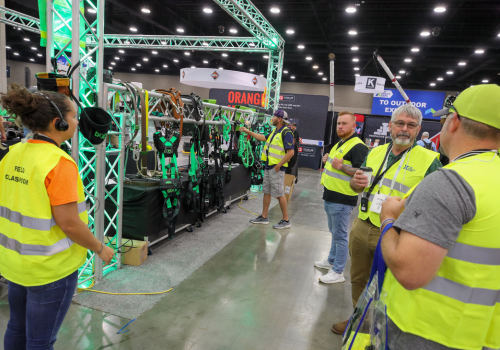
Want to see the future of safety up close? You can register for one of her two sessions on the topic right here on The Utility Expo website. Space is limited to 30 people per session.
Don’t miss this and 30 more sessions packed with practical training at The Utility Expo 2025, happening October 7–9 in Louisville, Kentucky. Discover new strategies and techniques while making lasting connections with your peers in the utility industry.
The Utility Expo’s comprehensive education program is the leading source for the utility industry to obtain cutting-edge information for today’s challenging economy and business model. In addition to jobsite safety technology, topics include aerial devices, vacuum excavating, horizontal directional drilling, equipment hydraulics, and more.
Want to dive deeper into jobsite safety? Industry-leading equipment brands will be on-site at The Utility Expo. Don’t miss the chance to connect, learn, and demo the latest tech firsthand.
See the full list of companies that will be exhibiting at The Utility Expo 2025: Exhibitor Directory.
Subscribe to The Utility Expo monthly newsletter to receive more industry insights like this.
Read Next
Trench Boxes Save Lives – When Used Right: 3 Key Areas Where Contractors Get It Wrong
Top Causes of Utility Work Zone Fatalities and How to Prevent Them


